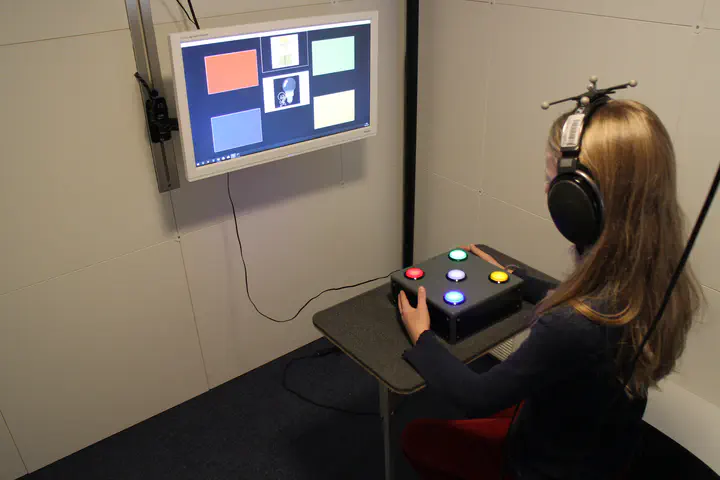Speech Perception of Children and Adults in a Dual-Task Paradigm under Noisy Conditions

Abstract
Human hearing benefits from several binaural and monaural cues. Therefore, it is possible to hear and understand speech in complex acoustic scenes. Children spend a considerable amount of time in educational buildings, where mostly a highly complex acoustic scene is existing. Previous studies have already shown, that children have to expend more effort to recognise speech in these situations, especially in noisy situation. However, these studies were conducted using adult target speech and multi-talker babble based on adults’ voice as the background noise, but a realistic scene consists of adults as well as children voices and relevant and irrelevant noises. This work presents an experiment using a dual-task paradigm to assess children speech perception and listening effort under different noise conditions considering aurally-accurate reproduction methods. The same experiment has been carried out with adults in a further step as a comparison with the initial children run.